Degree Free Bombs
From the first days aviation the air forces of the world were looking for ways to improve the accuracy and efficiency of aviation weapons, but this opportunity was presented only with the advent of microprocessor technology. Only then did the Air Force begin to use precision-guided kits, which began to be mounted on conventional free-falling bombs.
Today there are two main types of guided bombs: laser-guided bombs (hereinafter laser bombs - LAB for short) and GPS-guided (Global Positioning System) bombs; each type has its own unique technology of high-precision targeting. LABs are the most common and common type of guided bombs. Essentially, a semi-active laser homing head (GOS) is added to the free-fall bomb, which is connected to the control computer unit with guidance and control electronics, a rechargeable battery, and a drive system. For each bomb, front steering wheels and tail stabilizing surfaces are installed. Such weapons use an electronic unit to accompany targets that are illuminated by a laser beam (usually in the infrared spectrum), and to adjust their planning path in order to accurately destroy them. Since a smart bomb can track light, a target can be highlighted by a separate source, either by a laser target indicator of an attacking aircraft, either from the ground or from another aircraft.
One of the most well-known LABs is the Paveway family of companies Lekkheed Martin and Raytheon, which includes rockets of four generations: Paveway-I, Paveway-II, Paveway-II Dual Mode Plus, Paveway-III and the newest version Paveway-IV. The Paveway family of laser bombs revolutionized air-to-ground fighting by converting free-fall bombs to smart, high-precision munitions. The Paveway laser bomb family is the preferred choice of air forces in many countries, as they have proven their accuracy and efficiency in almost all major conflicts of the past. Joe Serra, Head of High-Precision Guidance Systems at Lockheed Martin, regarding high-precision Paveway kits explained the following: “The US government is very interested in healthy competition in the LAB field ... Therefore, in 2001, we qualified the Paveway-II laser targeting kits for the US Air Force and Navy. One of the main advantages of these systems was their availability as a means of delivering traditional aerial bombs. I think the Paveway system is valued in the armed forces precisely because they get an excellent result at moderate cost. ”
Lockheed Martin is the authorized supplier of all three variants of the Paveway-II for equipping the Mk.80 family of free-falling bombs, namely GBU-10 MK.84, GBU-12 MK.82 and GBU-16 MK.83. In its most common configuration, the Paveway-II is mounted on an 500-pound (227,2 kg) Mk.82 free-fall bomb, resulting in a cheap and lightweight, high-precision GBU-12 munition, suitable for use on vehicles and other small-sized targets. The Pavewav-III family of kits is a further development of the Paveway-II, using more efficient proportional targeting technology. It provides a significantly longer planning distance and better accuracy in comparison with the Paveway-II series, but at the same time, third-generation kits are much more expensive, as a result, their scope is limited to particularly important goals. The Paveway-III kits were installed on large-caliber 2000-pound (909 kg) Mk.84 and BLU-109 bombs, as a result of which high-precision GBU-24 and GBU-27 bombs appeared. During Operation Desert Storm in 1991, the Paveway-III guidance kits were also installed on the GBU-28 / B concrete bombs. Raytheon manufactures all variants of Paveway-III kits.
Empowerment
In the middle of 2016, Lockheed Martin tested the new LAB Paveway-II Dual Mode Plus with a new optoelectronics and GPS / inertial guidance kit. LAB Paveway-II Dual Mode Plus is designed to work on both fixed and mobile targets, has increased combat effectiveness due to high-impact exposure in all weather conditions (since the accuracy of pure laser guidance can be reduced in the presence of precipitation or smoke) at increased application ranges out of range of the enemy. This Paveway-II configuration easily integrates with existing PAV-II LABs. Last year, Lockheed Martin received a contract worth 87,8 million dollars from the Air Force to manufacture Paveway-II Dual Mode Plus kits.
The Paveway-IV system manufactured by Raytheon Systems Ltd entered service in 2008 year. A combination of semi-active laser guidance and inertial / GPS guidance is involved in the Paveway-IV. In order to significantly improve combat capabilities, it combines the flexibility and accuracy of laser guidance and all-weather INS / GPS guidance capabilities. The guidance kit is based on the existing ECCG computer unit of the Enhanced Paveway-II kit. The new improved ECCG unit contains an elevation height sensor that allows a bomb to be detonated at predetermined heights, and a GPS receiver compatible with the anti-jamming module with selective accessibility. The bomb can be dropped only in the inertial guidance mode (reduction of the time of initialization and calibration of the guidance system using the navigation system of the carrier platform) or only in the guidance mode using the GPS signal. Laser guidance on the final part of the trajectory is available in any mode. Set Paveway-IV is in service with the British and Saudi air forces.
Canadian Air Force technicians at an Italian air base hang a GBU-12 Paveway II bomb from an airplane. Canadian Air Force participates in a UN Libyan civilian operation
GPS
The experience gained during Operation Desert Storm and during the intervention period led by the United States to the Balkans in the 90s demonstrated the value of precision-guided munitions, but revealed difficulty in their use, especially when the visibility of the target deteriorated due to weather or smoke. . In this regard, it was decided to develop weapons with GPS-guided. Such weapons depend both on the accuracy of the measurement system used for positioning and on the accuracy of determining the coordinates of the target; the latter is critically dependent on intelligence information.
Joint direct attack munition (JDAM) is an inexpensive kit for converting existing unguided free-falling bombs into almost high-precision weapon. The JDAM kit consists of a tail section with a GPS / INS unit and steering surfaces on the body for additional stabilization and increase in lift. JDAM is manufactured by Boeing.
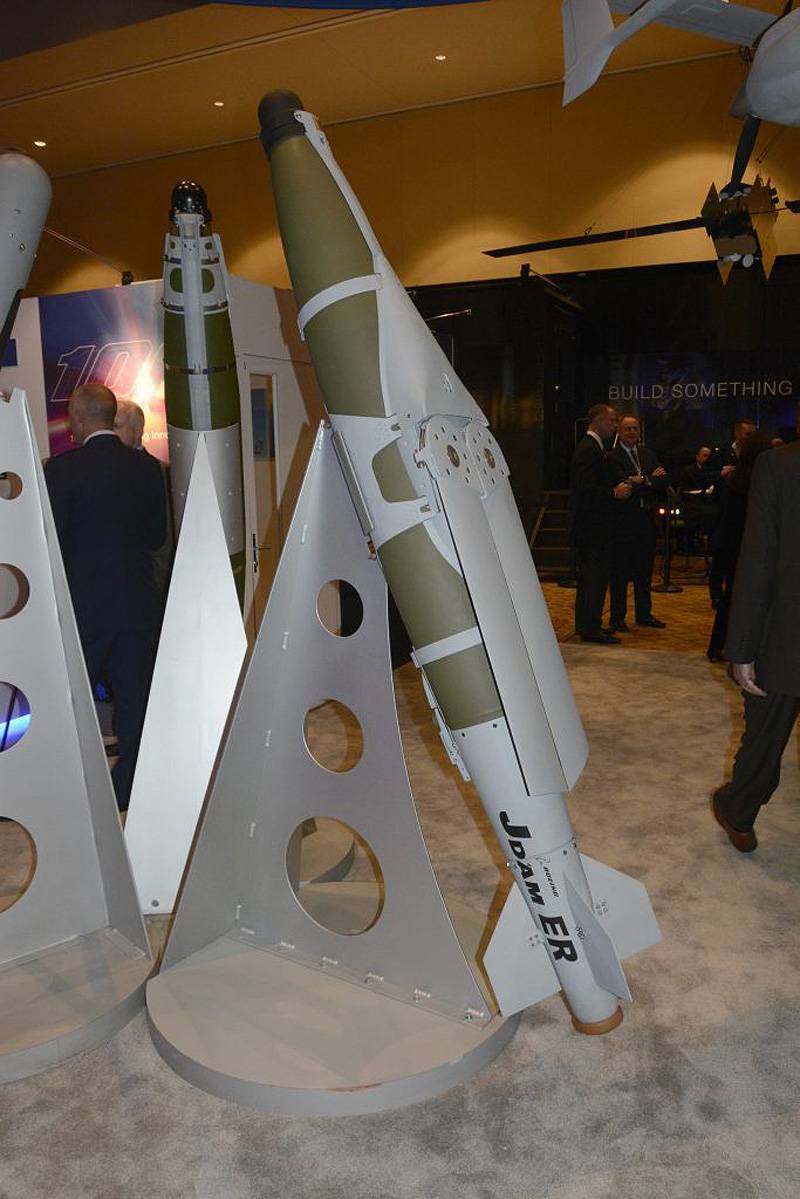
The rudder set and guidance system for the JDAM-ER (Joint Direct Attack Munition Extended Range) conventional bombs developed by Boeing is currently in service with the Australian Air Force. JDAM-ER demonstrated a significant increase in range while maintaining the accuracy expected from GPS-guided munitions.
The JDAM family can be used in all weather conditions without the need for additional air or ground support. The standard JDAM configuration has a declared range of up to 30 km. Satellite-guided weapons work very well, but operating experience shows that GPS guidance does not allow flexible adjustment of the trajectory on the marching section and, as a result, to bombard moving and maneuvering targets. In 2007, during military operations in Afghanistan and Iraq, the U.S. Navy and aircraft identified urgent needs, as the need arose for the precise destruction of high-speed targets. In order to solve this problem and with the direct participation of Boeing, an additional laser kit for the JDAM family was accelerated - a dual-mode Laser-JDAM (LJDAM) kit. Laser GOS was developed by Boeing and Elbit Systems. LJDAM extends JDAM by combining a laser guidance system with a JDAM kit. LJDAM provides precision laser weapons and all-weather performance, and also has a long range with guidance over GPS / INS. Aerial bombs with this kit can hit stationary and moving targets. LJDAM was integrated with the GBU-38 bomb, which is part of the armament of American aircraft F-15E, F-16, F / A-18 and A / V-8B. According to the program manager fleet on precision weapons by James Engdahl: “The current preferred weapon for the US Navy is Laser JDAM. This is due to the possibility of flexible use: either as a high-precision tool with GPS-guidance in bad weather on stationary targets, or as a laser-guided tool on fast-moving targets. "
Boeing has also developed a new set of wings, which, when combined with the JDAM control kit, increases the range of the bomb from about 24 km to more than 72 km; This variant was designated JDAM-ER (Extended Range). “The JDAM-ER suite takes advantage of the traditional JDAM interface and the Boeing GBU-39 Small Diameter Bomb planning technology for small-diameter bombs,” said Greg Kofi, director of JDAM programs at Boeing. “With JDAM-ER kits, customers get an increased range beyond the reach of the enemy, necessary to neutralize current and future threats.” The Australian Air Force is currently the only operator of JDAM-ER.
The current capabilities of the US Navy are limited to a dual-mode Laser-JDAM kit installed on concrete bombs weighing 900 kg. Further improvements to direct-defeat US weapons are currently not funded, but in the future they may include the ability to accurately navigate in the absence or jamming of a GPS signal, additional weapon sensors, options for current weapons with increased range, or the addition of network capabilities to enhance flexible guidance of weapons in flight. . “Nowadays, the need to have additional capabilities in a modern combat situation is not confirmed, there are also no requirements for further improvement of our direct destruction weapons,” Engdal continued, although he added, “The Fleet closely follows the development and deployment of JDAM extended-range options by our foreign allies , although at the moment we have no need for JDAM-ER. "
In front of the Pakistani JF-17 Thunder fighter, we see the Chinese precision bomber LS (right), also known as the Thunder Stone Gliding Guided Bomb. LS is a free-fall bombs retrofit kit with a high-precision laser targeting system.
SPICE
The Israeli company Rafael Advanced Defense Systems began work on high-precision air-to-surface weapons in the early 60s, developing a high-precision Roreue rocket with an operator in the control loop. The first set for precision-guided conventional bombs, the company Rafael developed in 90-s, this family received the designation SPICE (Smart, Precise Impact, Cost-Effective - intelligent, accurate impact, economical). The SPICE family includes self-contained air-to-ground weapons, which are used outside the reach of weapons, capable of destroying targets with high accuracy even with a massive bombing of areas.
The SPICE kits use modern methods of navigation, guidance and homing in order to achieve accurate and effective destruction of especially important enemy targets with a circular probable deviation (QUO) of three meters. The SPICE automatic target acquisition system employs a unique correlation homing technology using the reference and real terrain mapping (scene comparison) comparison system, which is able to recognize the distinctive features of the terrain, countermeasures, navigation errors and errors in determining the coordinates of the target. During the flight, a comparison is made of images obtained in real time from a dual seeker with infrared and CCD cameras with a reference image stored in the computer of the system. SPICE can work at any time of day and in any weather, based on its advanced GPS and terrain comparison algorithms. SPICE systems have been tested in combat conditions and are in service with the Israeli Air Force and several foreign customers.
The first was developed SPICE-2000, designed for universal and concrete-breaking 900-kg bombs, for example, Mk.84, RAP-2000 and BLU-109. SPICE-2000 has a range of 60 km. The following was developed SPICE-1000 kit (photo below), which, judging by the designation, is installed on universal and concrete bombs weighing 1000 pounds (454 kg), for example, X. 83 and RAP-1000. SPICE-1000 provides 100 km range. The Israeli Air Force received a full SPICE-1000 alert at the end of 2016.
During task scheduling, in the air or on the ground, target data, including target coordinates, meeting angle with target, azimuth, visualization data and topographic data are used to work out a flight task for each target that the pilot sends to each bomb before it is dropped. The parameters of a combat mission are determined in accordance with the type of target and operational requirements, for example, a dive angle is calculated for deep penetration. The SPICE is discharged outside the area of the strike and independently navigates the flight, using its inertial / GPS system to homing at the exact location of the target at a predetermined meeting angle and azimuth. As it approaches the target, the unique SPICE weapon system scene comparison algorithm compares the real-time images from the GOS optoelectronics with the original reconnaissance data stored in the SPICE computer's memory. At the homing stage, the system determines the target and turns on the tracking device to meet it. Due to the use of such features, SPICE does not depend on errors in determining the coordinates of the target and jamming the GPS signal, as a result of which the indirect losses are sharply reduced. A spokesperson for Rafael noted: “The trends that are clearly visible today are the transfer of accuracy requirements for fixed targets to moving targets. I believe that new guidance techniques will be developed that allow you to accurately attack targets in the absence of a GPS signal: The range of use will also increase in order to reduce the risks for crews created by the enhanced capabilities of the air defense systems. ”
As part of the operation UNIFIED PROTECTOR, the French Mirage 2000 fighter equipped with the GBU-12 Enhanced Paveway II dual-mode bombs, refuels during a flight over the Mediterranean Sea
Developments in other countries
Countries such as India, China, South Africa and Turkey produce their own high-precision aiming kits for free-fall bombs. For example, in October 2013, India showed its first set of laser-guided Sudarshan. It was developed by the Indian Aviation Development Department and manufactured by Bharat Electronics. The project aims to improve the accuracy of 1000-pound free-fall bombs. The guidance kit consists of a computer unit, steering surfaces mounted in the nose of the bomb, and a set of wings mounted in the rear to create aerodynamic lift. The kit provides the CWO less than 10 meters and, when dropped from ordinary heights, gives a range of about 9 km. Work is underway to further improve the accuracy and range of this kit, including by adding a GPS system.
The Turkish Defense Industry Research Institute TUBITAK has developed a HGK targeting kit that turns the XK.NUMX 2000-pound bomb into a highly accurate weapon. The kit consists of a GPS / INS guidance system and drop-down wings. The kit provides target destruction with an accuracy of six meters in all weather conditions. Working in this area, the South African company Denel Dynamics has established a joint venture with the UAE Tawazun Holdings to develop and manufacture various high-precision weapons. A variant of Denel’s Umbani under the designation Al-Tariq is currently being produced. The Al-Tariq kit is based either on infrared homing and GPS / INS homing with automatic target detection and tracking, or on semi-active laser homing. In the case of installing a prefragmented warhead, the system may also be equipped with a radar remote fuse for work on the squares. Depending on the configuration, the system may have an autonomous system for recognition and tracking of targets with a range of action over 84 km. A set of wings or engines can be added to increase the range and the possibility of bombing from low altitudes. According to the company, the QUO weapons system is three meters. Finally, the AASM kit of the French company Safran, consisting of a guidance system and a set of additional engines, entered service in 100 year. It is used by the French Air Force in operations against the Islamic state (prohibited in the Russian Federation) in Iraq and Syria. The range of the AASM exceeds 2008 km, it allows operators to conduct high-precision strikes against fixed and mobile targets around the clock and in any weather.
The picture shows a laser-guided Enhanced Paveway-II (green) laser-guided bomb made by Raytheon. Lockheed Martin and Raytheon produce high-precision Paveway-II kits.
Hack and predictor Aviator
According to the US Navy, most of their weapons used in combat for stationary targets are equipped with various JDAM variants and have a mass of 500 pounds (227 kg), 1000 and 2000 pounds; These are mainly GBU-38 / 32 / 31 bombs. Engdal noted about this: “The dual-mode Laser-JDAM system entered service in the 2010 year and proved to be a functionally flexible combat weapon with both fixed and moving targets. The US Air Force and Navy and their foreign partners will continue to purchase JDAM modular tail kits and L-JDAM sensor kits in the foreseeable future. ”
Over the past twenty years, the conversion of free-fall bombs to precision weapons, both with laser and GPS-guided, combined with effective intelligence, observation and information gathering, as well as improved guidance capabilities, has dramatically increased combat effectiveness and reduced civilian casualties. . Weapon systems such as the JDAM family and the like are the primary means of providing high-precision strike capabilities. In the next few years, similar systems with different operating modes and new sensors will continuously develop, and emphasis will be placed on increasing the range and ability to work in the absence of a GPS signal.
On the materials of the sites:
www.nationaldefensemagazine.org
www.boeing.com
www.lockheedmartin.com
www.raytheon.com
www.rafael.co.il
www.deneldynamics.co.za
www.safran-group.com
www.pinterest.com
www.wikipedia.org
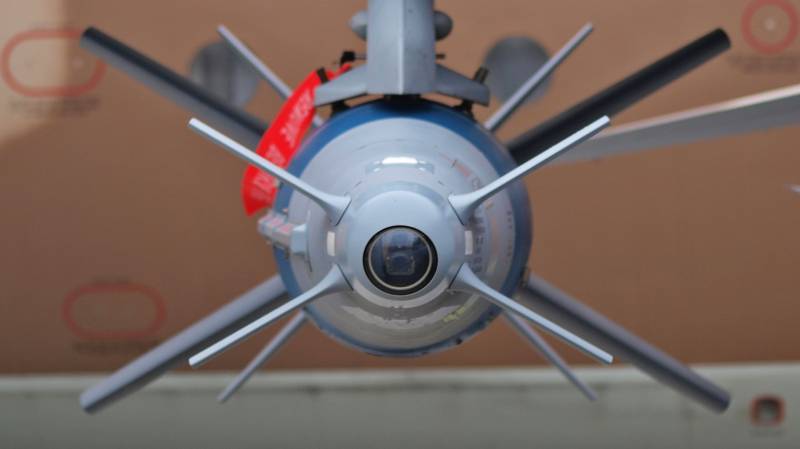
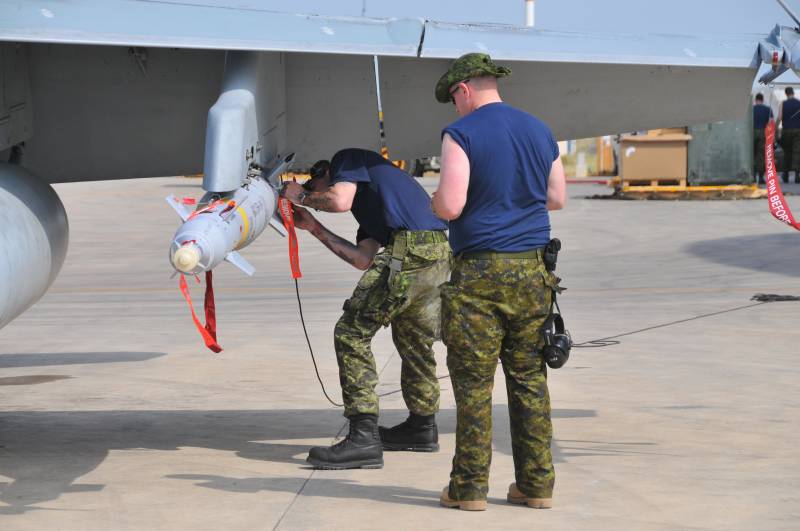
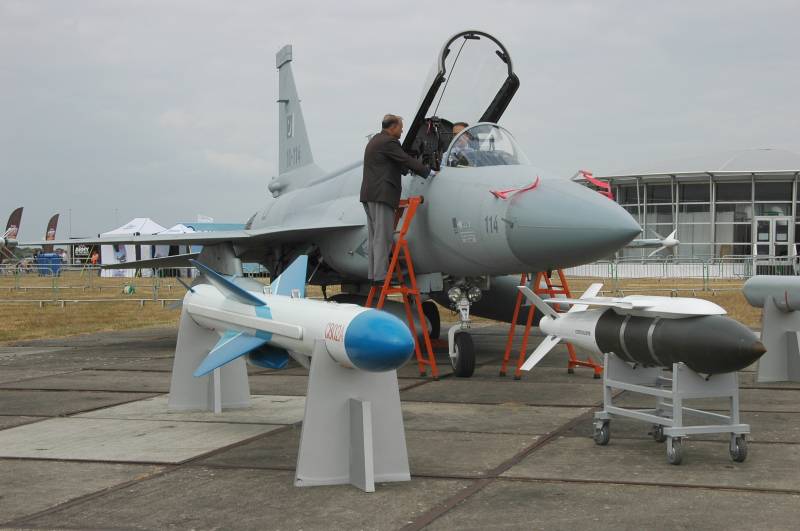
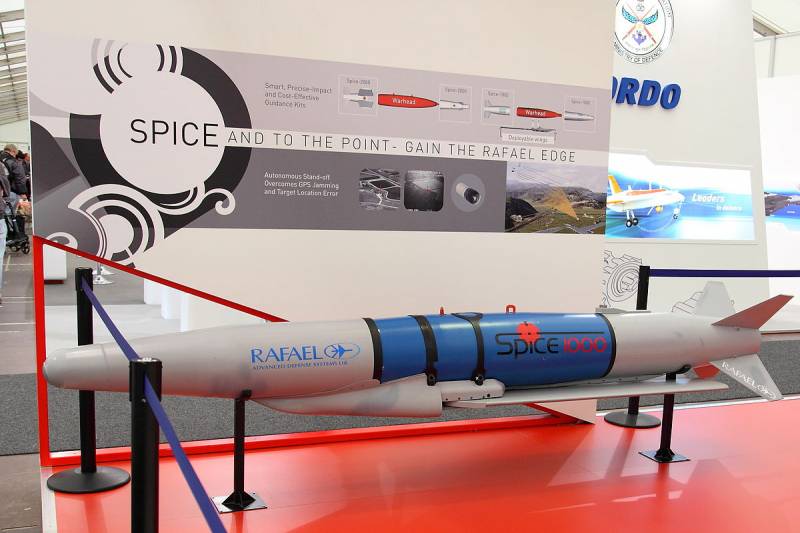
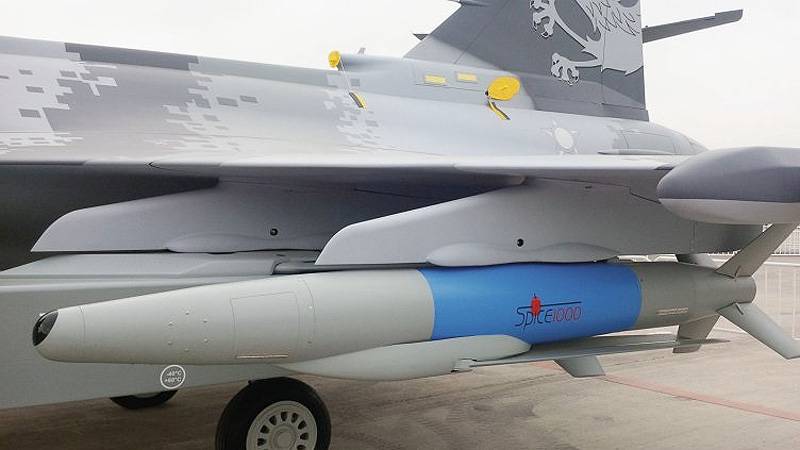
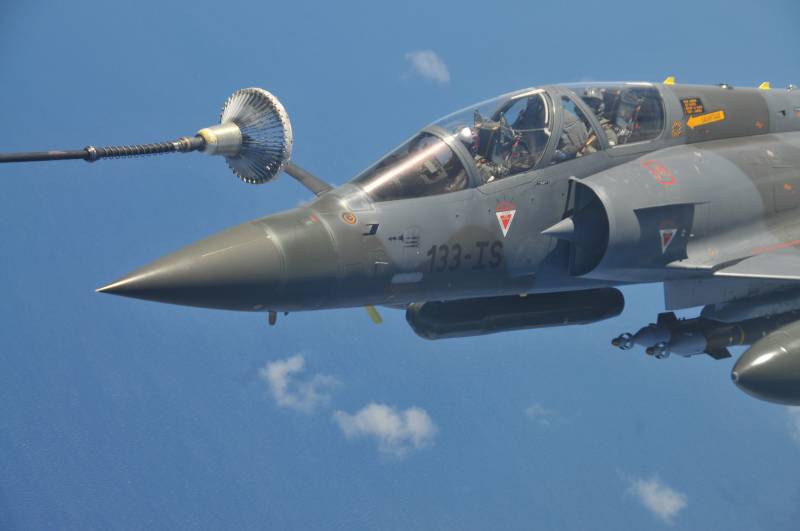
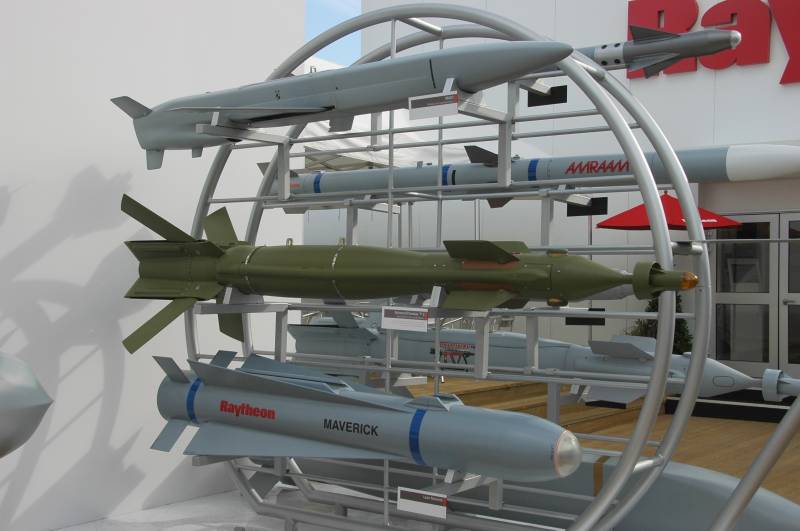
Information